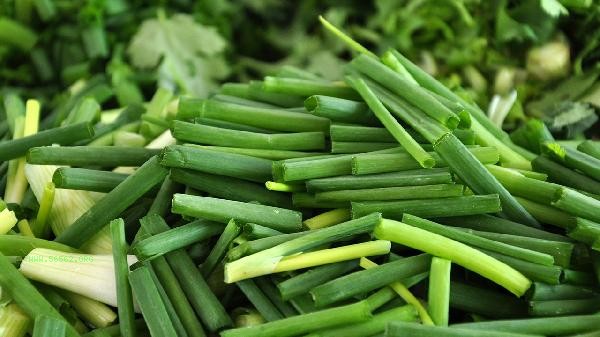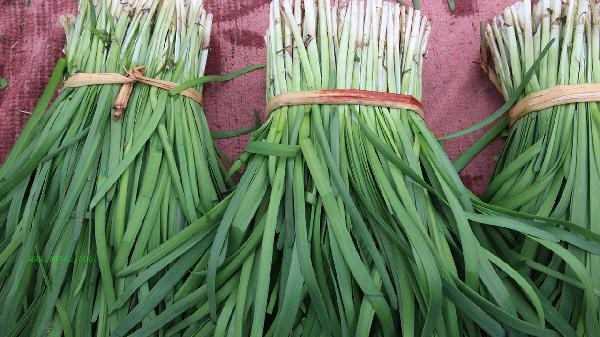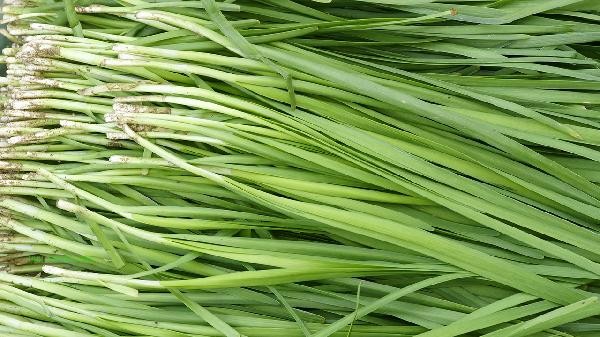Leeks are most tender and delicious in spring and early autumn, when the leaves are thick, fragrant, and have less fiber. The factors that affect the taste of chives mainly include growth cycle, temperature changes, light conditions, soil nutrients, and harvesting time.

1. Growth Cycle
Chinese chives belong to perennial herbaceous plants, and the first crop of chives born in spring has the best quality. After winter dormancy, the nutrients stored by the plants make early spring chives crispy and tender in taste, with a moderate spicy flavor. High temperatures in summer can cause the fibers of chives to become coarse and hard, while chives that grow after the temperature drops in autumn will regain their freshness and tenderness.
2. Temperature changes
An environment of 15-25 degrees Celsius is most conducive to the accumulation of flavor compounds in chives. When there is a large temperature difference between day and night in spring, chives will synthesize more volatile sulfides, forming a unique pungent flavor. Both extreme cold and heat can cause chives to produce defensive substances, resulting in a woody or bitter taste. 3. Adequate but not too strong light conditions can promote the accumulation of sugar in chives. When the spring sunshine is soft, chive leaves will appear dark green and have a flexible texture. Leeks grown in long-term rainy and cloudy environments tend to have thin and soft leaves, while direct sunlight in summer can lead to the formation of a large amount of coarse fibers.
4. Soil Nutrients
Loose soil rich in organic matter can cultivate high-quality chives. Moderate nitrogen fertilizer can promote leaf thickening, but excessive application can reduce the concentration of flavor compounds. Leeks grown in sandy loam soil are usually fresher and more tender than those in clayey soil, and regular application of plant ash can enhance their spicy flavor.

Fifth, Harvesting Time
Leeks harvested in the morning with dew have the best freshness. At this time, the plant has a high water content and less juice loss at the incision site. Leeks harvested on rainy days or at noon are prone to wilting, and should be refrigerated immediately after harvesting to lock in the umami substances. Keeping the harvesting interval at least 20 days can ensure the quality of regenerated chives.
When making daily purchases, you can observe the incision on the roots of the chives. The incision on fresh chives is smooth, moist, and milky white in color. When storing, it is recommended to wrap the roots in a wet tissue and refrigerate, avoiding storing them together with fruits such as apples that release a large amount of ethylene. Soaking in light salt water before cooking can remove surface impurities, and stir frying over high heat can maximize the retention of nutrients. People with spleen and stomach deficiency and cold should control their consumption, and those with yin deficiency and excessive fire are suitable for cooking with flat ingredients such as eggs. Sulfides in chives may irritate the gastrointestinal mucosa, and it is recommended that those with weak digestive function avoid consuming them on an empty stomach.









Comments (0)
Leave a Comment
No comments yet
Be the first to share your thoughts!